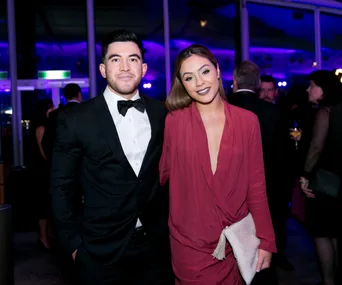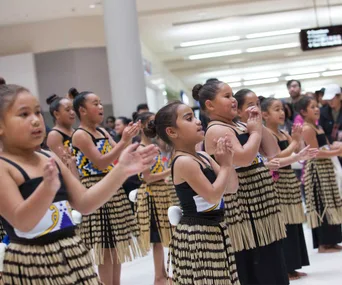This year, Matariki falls on June 28, but the date differs from year to year as Matariki follows the Māori lunar calendar system rather than the solar calendar one.
Stuck on the language? Scroll to the bottom of the article for a list of translations.
He aha te nuinga o Matariki?
What is the significance of Matariki?
Matariki is the shortened name of Ngā Mata o te ariki Tāwhirimātea – the eyes of the god Tāwhirimātea. When this cluster of stars rises at dawn, it signifies the start of the Māori New Year.
Matariki is a time to reflect and celebrate the year that has gone and the year that is coming. It’s a time to come together with whānau to remember loved ones, to kōrero, reflect on whakapapa, and share kai, waiata and kanikani.
The Matariki cluster is made up of nine stars. Some rohe of Aotearoa recognise seven stars. And for some, the dawn rising of the star Puanga marks the new year instead.
Mānawatia a Matariki!
Whānau family
Kōrero talk
Whakapapa family tree
Kai food
Waiata song(s)
Kanikani dance
Rohe regions
Mānawatia a Matariki! Celebrate Matariki!
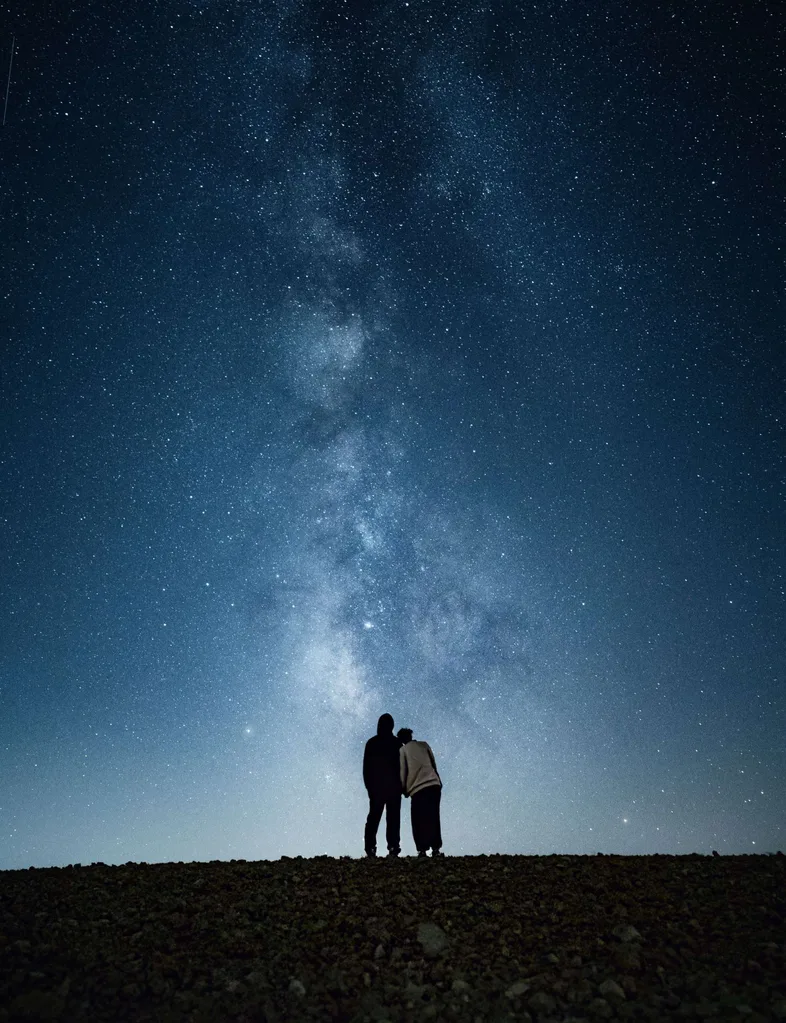
Matariki
Matariki is the cluster also known as the Pleiades or the Seven Sisters. The nine stars of Matariki are Matariki, Ururangi, Waipunarangi, Waitī, Waitā, Tupuārangi, Tupuānuku, Hiwa-i-te-rangi and Pōhutukawa.
Activity: Tirohia ki te rangi. Look to the sky. If it’s a clear night, haere ki waho. Go outside. How many whetū you can spot?
Puanga Part of the Orion constellation, it’s called Rigel in English.
Haere ki waho go outside
Whetū star(s)
Puanga
In some pūrākau, the whetū Puanga is the older brother of Matariki. Puanga sits higher in the eastern sky than Matariki, so appears earlier. For some rohe, it’s Puanga who welcomes in the Māori New Year, as Matariki is not as visible.
Pūrākau legends
Rohe regions
The stars
Matariki
Matariki is the whetū that represents your hauora and wellbeing in the coming year. She is a symbol of rangimārie and waimarie.
Hauora health, wellbeing
Rangimārie peace
Waimarie good fortune

Waitī
Waitī is the whetū that is connected to our fresh waters and all of the creatures that live in them.
Awa river
Roto lake
Wairere stream or waterfall
Tupuānuku
Tupuānuku represents food grown from Papatūānuku Mother Earth. Think about your favourite huawhenua grown from the ground, eg korare, kūmara, kamokamo, kāroti, paukena or rīwai.
Huawhenua vegetable(s)
Korare silverbeet
Kamokamo squash
Kāroti carrot
Paukena pumpkin
Rīwai potatoes

Waitā
Waitā – the twin of Waitī – connects us to the ocean, the tides and all the creatures in the moana.
Moana ocean
Waipunarangi
Waipunarangi is the whetū whose name means “water that pools in the sky”. This star represents the ua and water that falls from Ranginui.
Activity: Next time it rains, grab your coat and head out for a tākaro. Pay attention to the sounds the raindrops make and feel them on your skin. Jump in puddles.
Ua rain
Ranginui the sky
Tākaro play

Tupuārangi
Tupuārangi embodies the food that grows above the ground and in the trees, like huarākau. For example, āporo, ārani, panana and pea.
Huarākau fruit
Āporo apples
Ārani oranges
Panana bananas
Pea pears
Pōhutukawa
Pōhutukawa is the eldest child of Matariki and honours whānau and loved ones who have passed on. Some iwi believe that when a person dies, their spirit travels along Te Ara Wairua, all the way to the tip of Te Ika-a-Māui, to a place called Te Rerenga Wairua. When they arrive, there is a pōhutukawa tree on a rocky ledge. The spirits follow the aka of the tree to the underworld. Pōhutukawa encourages us to reflect and be thankful for those who have been special in our lives.
Te Ara Wairua the Pathway of Spirits
Te Ika-a-Māui the North Island
Aka root
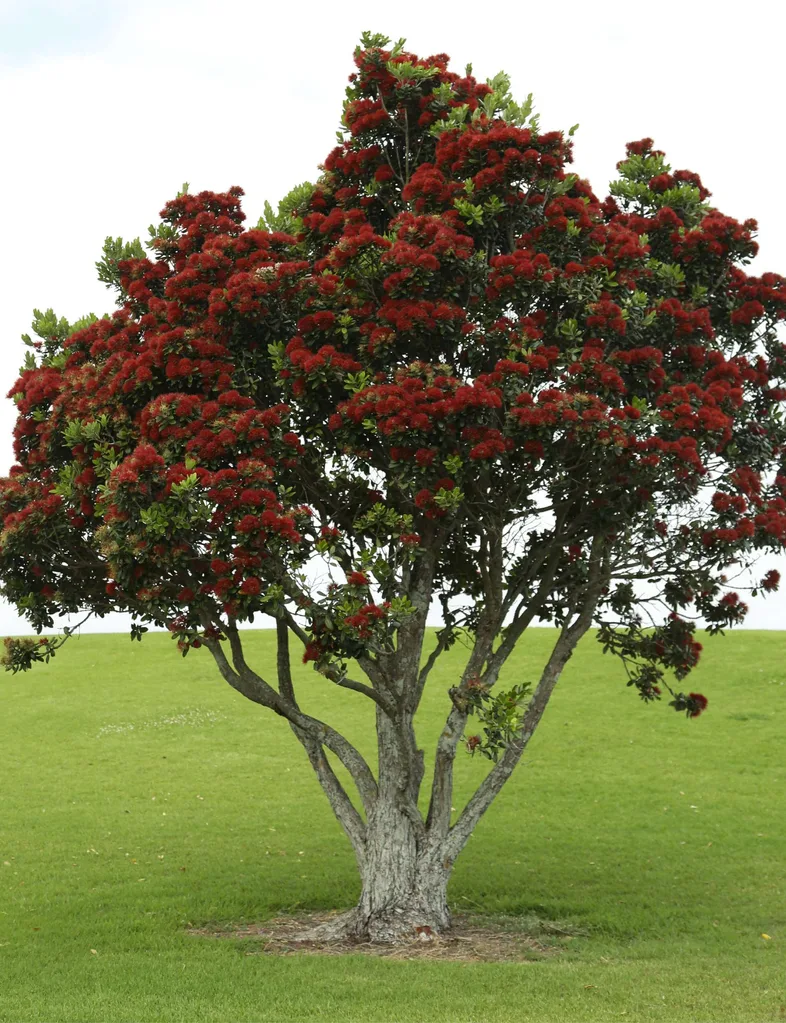
Hiwa-i-te-rangi
Hiwa-i-te-rangi is the wishing star. We look to this whetū to carry our hopes and dreams for the future year.
Activity: When you wish upon a star, you’re hoping for good things to come. What are you looking forward to this year for you and your whānau? Think about the goals and dreams you have for the coming year.
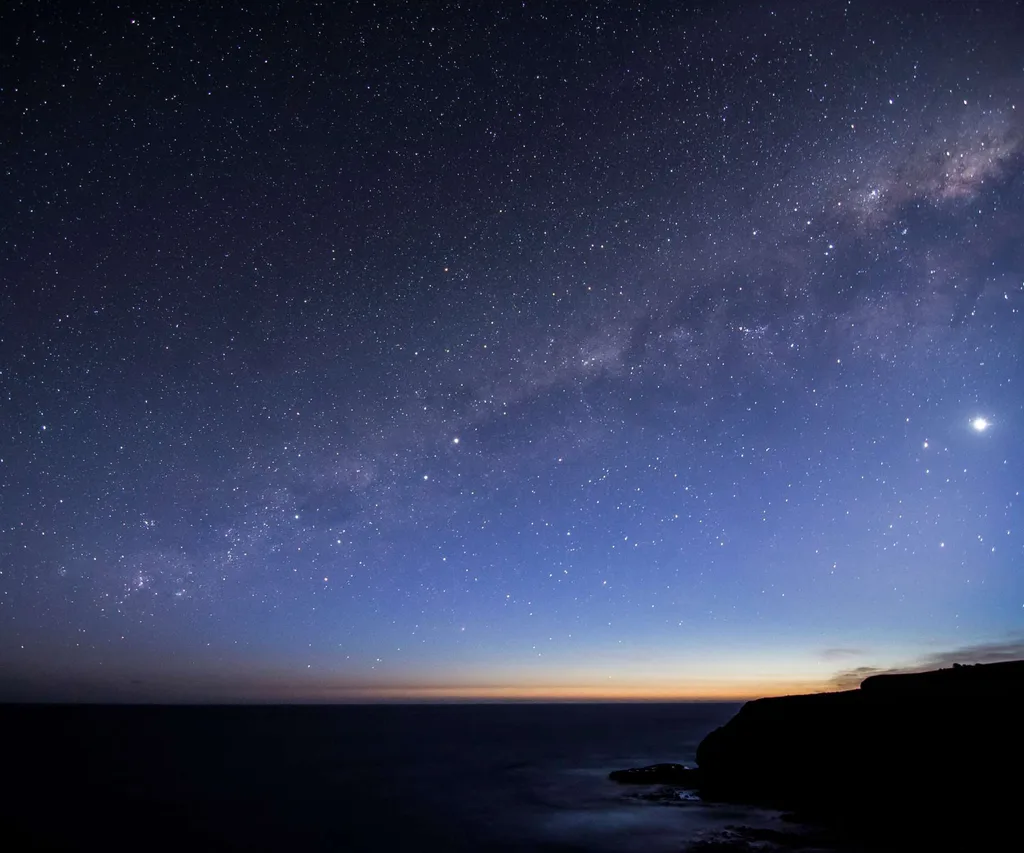
Ururangi
Ururangi means wind of the sky, and is the whetū of the hau.
Hau wind
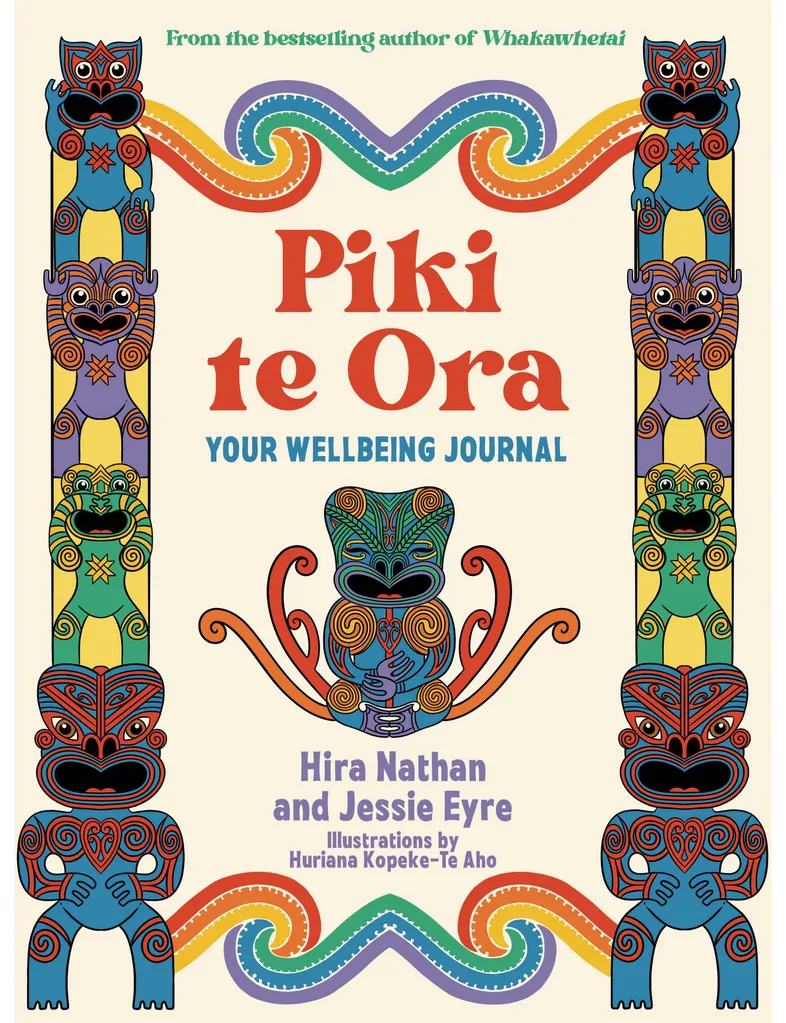
Edited extract from Piki te Ora by Hira Nathan and Jessie Eyre (Allen & Unwin NZ, rrp $29.99). Find your copy at Paper Plus today.


